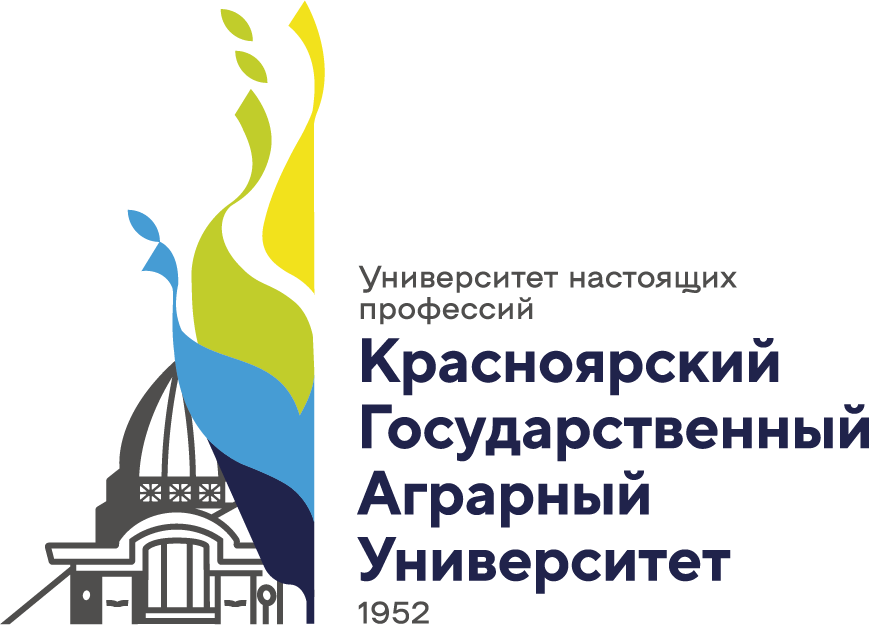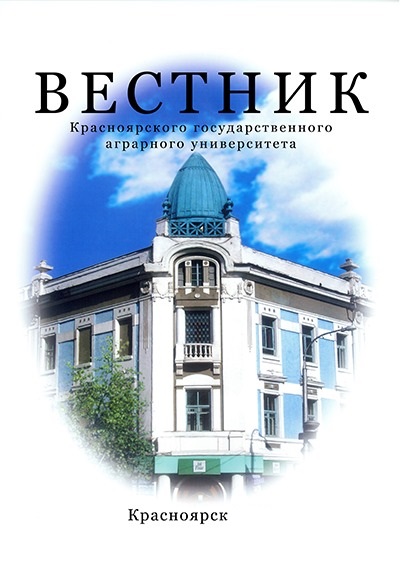Pacific flying squid is the most abundant species of squid in the Northwest Pacific Ocean. The paper is devoted to the study of characteristics of biology and distribution of feeding schools of Pacific squid in summer and autumn in Peter the Great’s Bay. The paper uses the data collected from the research survey in Peter the Great’s Bay in the summer and autumn of 2009-2010. The cruise took place from June to October; the survey was performed twice a month according to the standard scheme of the stations. The samples were caught at night. Biological analysis of squids was carried out with the help of standard methods commonly used to study squids. At that the dorsal mantle length, the weight of individual squids, the sex and stages of maturity and the stomach content were determined. Visually the composition of food was identified. During the summer-autumn period the habitat of the Pacific squid in the Sea of Japan covers Peter the Great Bay completely. In 2009 the Pacific squid was presented as individuals with mantle length from 7 to 29 cm, at an average 22.5 cm. The weight of individual squids ranged from 50 to 550 g, on the average 244,3 g (1115 samples were analyzed). In 2010 individuals with mantle length from 4 to 29 cm were found in the catches, at an average 21,8 cm. The weight of individuals ranged from 10 to 600 g, on the average 252,5 (709 samples were analyzed). The analysis of structure and dynamics of the size and mass characteristics of the Pacific squid suggests that during summer and autumn the representatives of various seasonal intraspecific groups travel to feeding areas in Peter the Great’s Bay. Three size groups of Pacific squid are determined: adult large individuals belonging to the autumn spawning cohort, the representatives of the smaller winter cohort and juveniles, i.e. the generation of spring spawning. The formation of fishery schools of squid in the bay in different years is due to the peculiarities of spawning of the Pacific squid.
Pacific flying squid, length, weight, sex ratio, maturity stages of gonads
1. Shevcov G.A. Tihookeanskiy kal'mar Todarodes pacificus Steenstrup, 1880 (Cephalopoda, Ommastrephidae) severo-zapadnoy chasti Tihogo okeana (biologiya, raspredelenie, sostoyanie zapasov): avtoref. dis. … kand. biol. nauk. - Vladivostok, 1978. - 24 s.
2. Nesis K.N. Kratkiy opredelitel' golovonogih mollyuskov Mirovogo okeana. - M., 1982. - 360 s.
3. Shevcov G.A., Zhigalin A.Yu., Ueno Ya. Raspredelenie golovonogih mollyuskov v zone subarkticheskogo fronta severo-zapadnoy chasti Tihogo okeana v iyule 2000 g. // Izv. TINRO. - 2004. - T. 136. - S. 181-196.
4. Katugin O.N., Shevcov G.A. Golovonogie mollyuski morey Dal'nego Vostoka Rossii i prilegayuschey akvatorii Tihogo okeana: spisok vidov // Izv. TINRO. - 2012. - T. 170. - S. 92-98.
5. Promysel pelagicheskih kal'marov: ucheb. posobie / M.A. Mizyurkin, N.M. Mokrin, O.N. Kruchinin [i dr.]. - Vladivostok: Izd-vo DIPK, 2007. - 110 s.
6. Mokrin N.M. Ekologiya i perspektivy promysla tihookeanskogo kal'mara (Todarodes pacificus) v Yaponskom more: dis. … kand. biol. nauk. - Vladivostok, 2006. - 156 s.
7. Zuev G.V., Nesis K.N. Kal'mary (biologiya i promysel). - M.: Pischevaya promyshlennost', 1971. - 200 s.
8. Shevcov G.A., Mokrin N.M. Raspredelenie, razmernyy sostav i sostoyanie zapasov tihookeanskogo kal'mara v Yaponskom more v letne-osenniy period 1986 g. // Mat-ly sovetsko-yaponskogo soveschaniya. - Vladivostok: Izd-vo TINRO, 1987. - S. 91-96.
9. Mokrin N.M., Filatov V.N. Osobennosti formirovaniya nagul'nyh skopleniy tihookeanskogo kal'mara (Todarodes pacificus Steenstrup, 1880) v zone Rossii Yaponskogo morya v letne-osenniy period // Izv. TINRO. - 1999. - T. 126. - S. 331-342.
10. Katugin O.N., Mokrin N.M. Studies of biochemical genetic population structure of the common squid (Todarodes pacificus Steenstrup, 1880) from the Japan Sea. II. Genetic differences between intraspecific seasonal cohorts // Ruthenica. - 2001. - Vol. 11(1). - P. 57-76.
11. Shevcov G.A., Mokrin N.M. Fauna golovonogih mollyuskov zony Rossii Yaponskogo morya v letne-osenniy period // Izv. TINRO. - 1998. - T. 123. - S. 191-206.
12. Shevcov G.A. Osobennosti raspredeleniya osobey razlichnyh populyaciy kal'mara Todarodes pacificus Steenstrup v Yaponskom more v letniy period. - Vladivostok: Izd-vo TINRO. - 1977. - 32 s.
13. Mlynar E.V. Osobennosti ekologii i perspektivy promysla golovonogih mollyuskov severnoy chasti Yaponskogo morya (Tatarskiy proliv): avtoref. dis. … kand. biol. nauk. - Habarovsk, 2011. - 20 s.
14. Dolganova N.T., Mokrin N.M. Pitanie tihookeanskogo kal'mara Todarodes pacificus Steenstrup, 1880 (Cephalopoda, Ommastrephidae) v Yaponskom more v letniy period // Zool. zhurnal. - 1999. - T. 78, № 9. - S. 1048-1058.
15. Savinyh V.F. Osnovnye rezul'taty issledovaniy pelagicheskih ryb i kal'marov v TINRO-Centre // Izv. TINRO. - 2005. - T. 141. - S. 146-172.
16. Kidokoro H., Goto T., Nagasawa T. et al. Impact of climate regime shift on the migration of Japanese common squid (Todarodes pacificus) in the Sea of Japan // Int. Coun. for the Exp. of the Sea. Oxford Jornals. - 2010. - P. 1314-1332.
17. Shevcov G.A. Instrukciya po sboru i opredeleniyu promyslovyh kal'marov v Tihom okeane. - Vladivostok: Izd-vo TINRO, 1971. - 10 s.
18. Filippova Yu.A. Metodika izucheniya golovonogih mollyuskov Mirovogo okeana. - M.: Izd-vo VNIRO, 1983. - 36 s.
19. Zuenko Yu.I. Promyslovaya okeanologiya Yaponskogo morya. - Vladivostok: Izd-vo TINRO, 2008. - 227 s.










